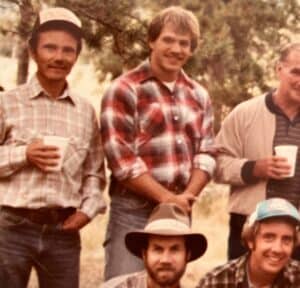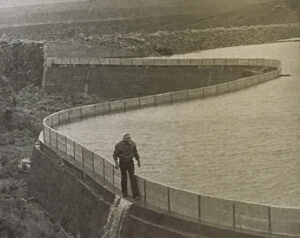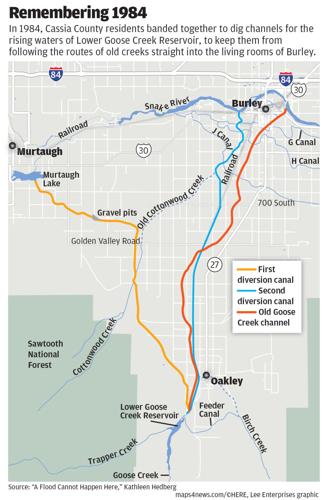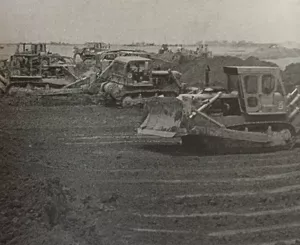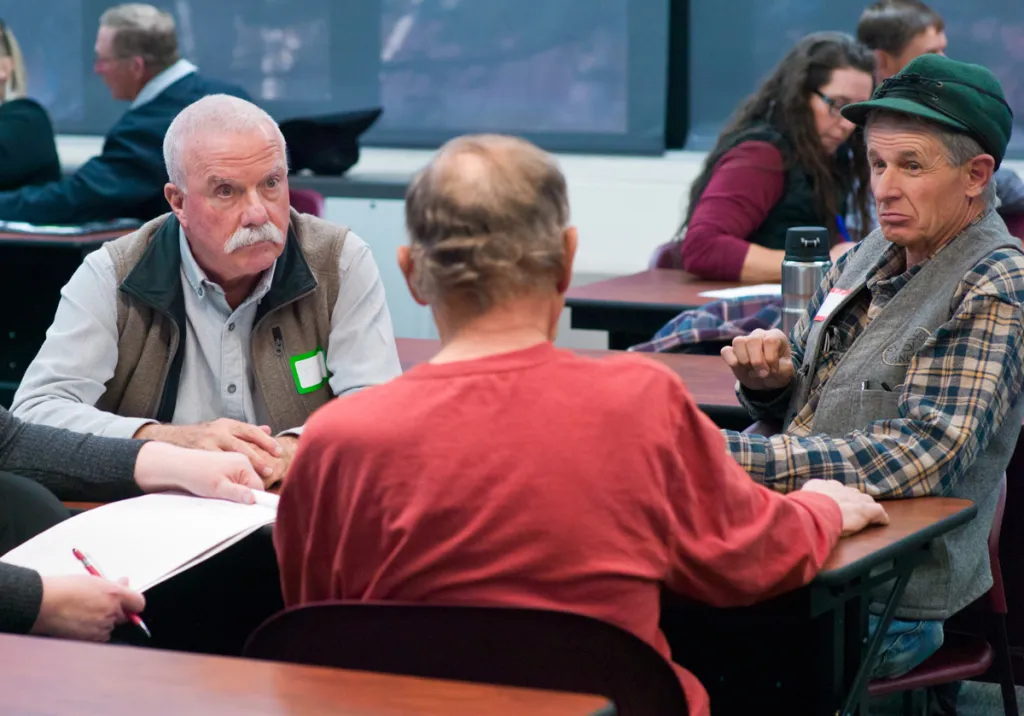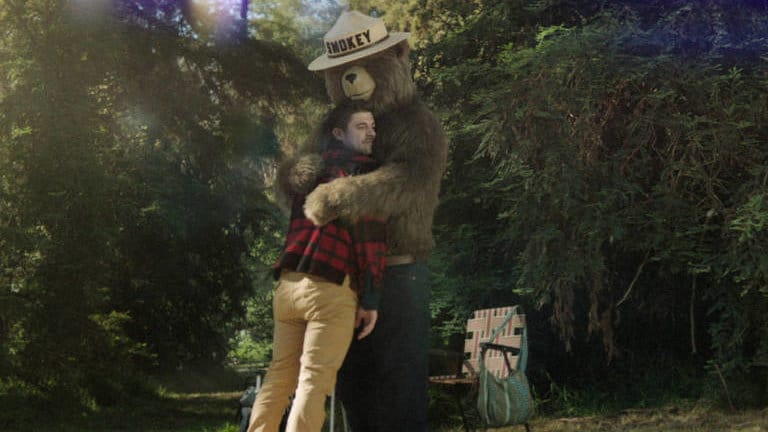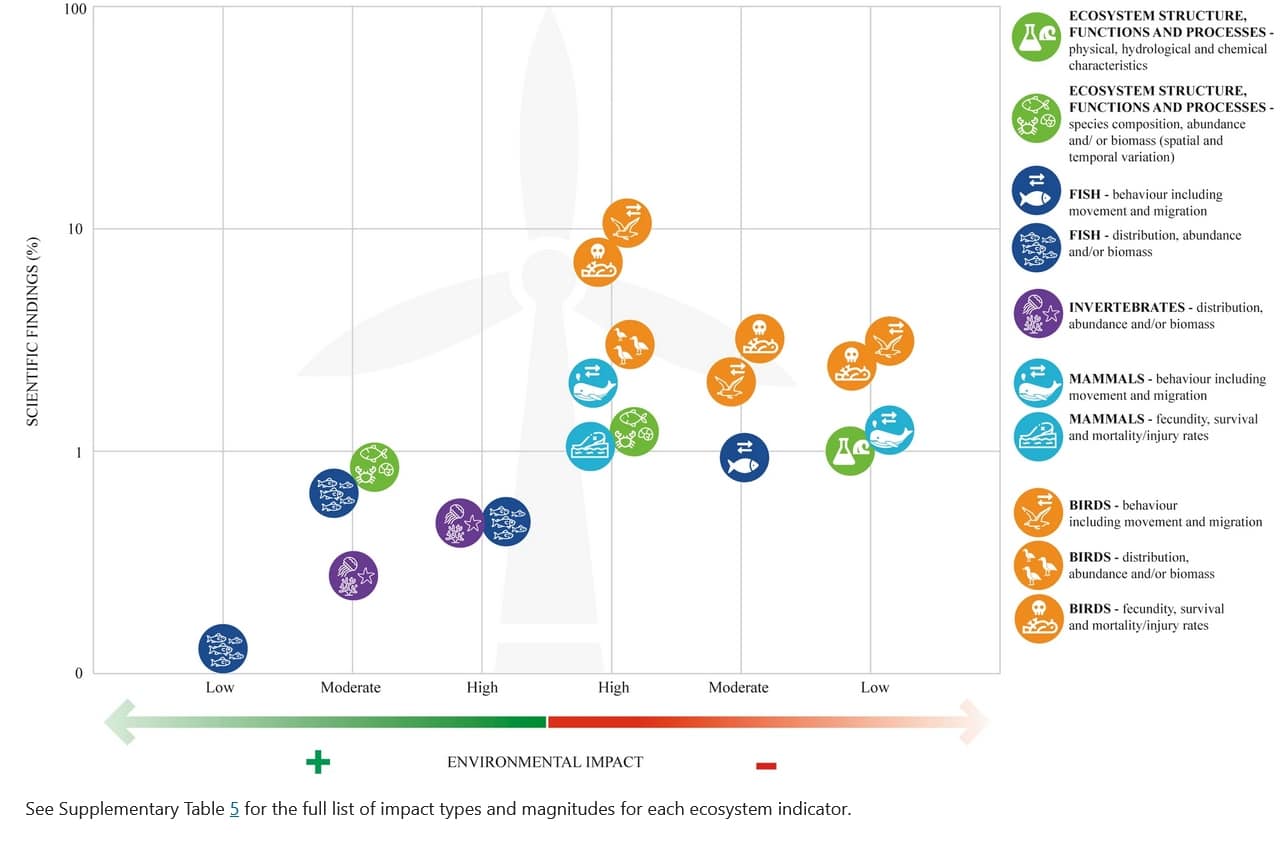It was relatively quiet in court over the holidays (but interesting). (What will the new year bring?)
FOREST SERVICE
Magistrate recommendations in Center for Biological Diversity v. Moore (D. New Mexico)
On November 17, the magistrate judge recommended dismissing this challenge to livestock grazing on the Sacramento Allotment on the Lincoln National Forest as moot. Regarding compliance with the Endangered Species Act for the New Mexico meadow jumping mouse, the judge determined, “The new BiOp issued by FWS on or before December 31, 2023 … will moot Petitioners’ claims regarding the validity of the 2021 BiOp,” because it “will include substantive regulatory changes,” which respond to changed circumstances. (No word on whether this actually happened.)
New lawsuit: Gallatin Wildlife Association v. Erickson (D. Montana)
On December 4, plaintiffs in Center for Biological Diversity v. U. S. Forest Service (discussed here) agreed to avoid a preliminary injunction hearing when the Custer Gallatin NF agreed to not take further action on the South Plateau Project until summer. On December 18, Gallatin Wildlife Association, Native Ecosystems Council, and WildEarth Guardians filed a lawsuit against the same project. They allege violations of ESA and NEPA for the project, which would involve clearcutting 5,551 unspecified acres of forest, including mature trees; commercial thinning of 6,500 acres of forest; 2,500 acres of non-commercial thinning; 1,800 acres of fuels treatment; and up to 56.8 miles of temporary roads, based on an EA. The project is in an area described by plaintiffs as a grizzly bear “sink,” where the population is struggling. Plaintiffs question the science used to consider effects on grizzly bears, challenge the project’s “condition-based” management under NEPA, and also allege a violation of President Biden’s executive order that requires the Forest Service and Bureau of Land Management to conserve mature and old-growth forests. (The article includes a link to the complaint.)
New lawsuit: Center for Biological Diversity v. U. S. Forest Service (D. D.C.)
On January 10, six conservation organizations sued the Monongahela National Forest to protect the federally endangered candy darter (a fish) and two endangered bats from a commercial Forest Service road use permit to haul coal from the Rocky Run Mine on private land and to move mining equipment and supplies. The plaintiffs claim that the Forest failed to consult with the Fish and Wildlife Service or follow procedures to comply with NEPA. Plaintiffs assert: “Without the Forest Service’s authorization of the Permit, the Applicant would not be able to operate Rocky Run Mine. Surface coal mining operations, such as Rocky Run Mine, can cause significant environmental damage, including erosion, sedimentation, pollution of ground and surface waters, contamination of soils, loss of habitat, and loss of biodiversity.” (The article includes a link to the complaint.)
New lawsuit: Alliance for the Wild Rockies v. Vilsack (D. Montana)
On January 11, five conservation groups filed a lawsuit against the Mud Creek Vegetation Management Project on the Bitterroot National Forest, which could take place over up to 20 years and would involve 13,700 acres of commercial logging, 26,000 acres of non-commercial logging, 40,000 acres of prescribed burns, and the building of around 40 miles of temporary and specified roads. It is another challenge to “condition-based” NEPA (based on an EA): “Rather than surveying the project area and analyzing site-specific information to determine which management activities are appropriate to which area before approving and finalizing a project, the Forest Service approved all logging and burning over large swaths of the Project area, leaving the actual decision of what is appropriate until after the project is finalized, when the public may no longer participate in the decision-making process.” The complaint also challenges the continued use of project-specific amendments to the forest plan for road density and old growth, and failure to use the forest plan definition of old growth. There are also ESA claims related to bull trout and whitebark pine. (The article includes a link to the complaint.)
BLM/NPS
Amicus curiae briefs filed in American Forest Resource Council v. U.S.A. (Supreme Court)
On December 18, members of Congress and six organizations filed amicus curiae briefs in support of a petition for Supreme Court review of two circuit court decisions upholding the Obama-era expansion of the Cascade-Siskiyou National Monument and the Bureau of Land Management’s 2016 Resource Management Plans for Western Oregon O&C lands. In April, the 9th Circuit decided Murphy Company v. Biden (discussed here), and in July, the D. C. Circuit decided the AFRC case. These courts held that the Antiquities Act could be used to designate a national monument that reduced the area of O&C lands where timber may be produced, and that the BLM can eliminate timber production on such lands. (Links to the briefs are included.)
New lawsuit: Blue Ribbon Coalition v. Bureau of Land Management (D. Utah)
On December 22, The BlueRibbon Coalition, Colorado Off-Road Trail Defenders and Patrick McKay, who is the vice president of the latter organization, filed a complaint in federal district court after the Interior Board of Land Appeals denied their stay request in that administrative hearing. They are challenging the BLM’s travel management plan and EA for the Labyrinth Rims/Gemini Bridges Travel Management Area, which would close 317 miles of routes that were previously open to motorized use in the 300,000 acre area because vehicles posed a danger to sensitive habitats, riparian zones and cultural sites. The complaint alleges violations of NEPA, the APA, the Dingell Act, and the Appointments Clause of the Constitution. (The article includes a link to the complaint, the IBLA appeal, and a map of the area.)
OTHER
In late December, two lawsuits were filed against the Federal Emergency Management Agency for failing to respond in a timely manner to claims from 24 of over a thousand victims of the largest fire in New Mexico history, started by the Forest Service in 2022
A federal judge in Oregon has rejected a U.S. Department of Justice request to dismiss a 2015 lawsuit brought by young people that alleges the federal government knew the dangers posed by carbon pollution but that it has continued through policies and subsidies to support the fossil fuel industry.
A man must pay $180,000 after federal officials said he started a wildfire in the Molino Basin target shooting area of the Coronado National Forest using a shotgun loaded with flaming, incendiary rounds of ammunition.
An adjacent landowner is facing criminal charges he illegally cut down at least 299 trees that were part of the Green Mountain National Forest and were designated for protection. He said he had removed a USFS property boundary marking Carsonite post because he believed it was inaccurate. “The tree cutting was inconsistent with the guidelines contained in the GMNF Plan.”
On January 12, Great Old Broads for Wilderness, GreenLatinos, Sierra Club and Western Watersheds Project filed an amicus brief in the 10th Circuit proceedings involving trespass claims against hunters who used a ladder to cross between parcels of public land connected at the corner. “The public — not just hunters but everyone — should have the same right of reasonable access to their lands as private landowners have,” said Erik Molvar, executive director with Western Watersheds Project, in a press release. (The article includes a link to the brief. We have discussed this case previously here, and the district court decision here.)


